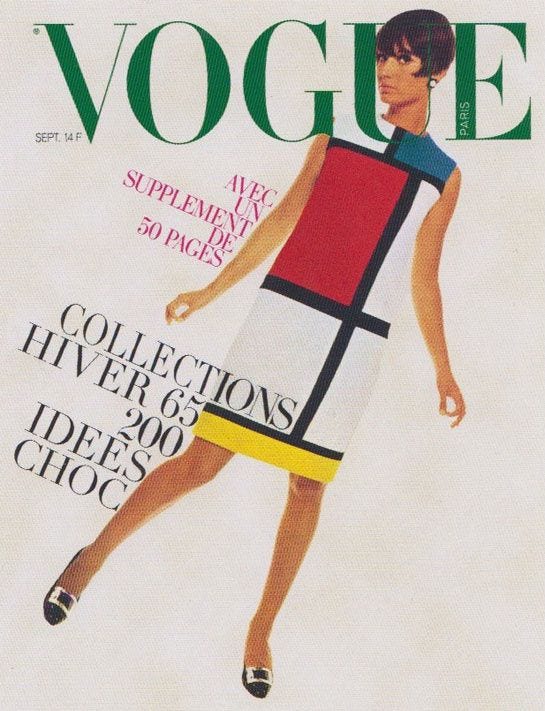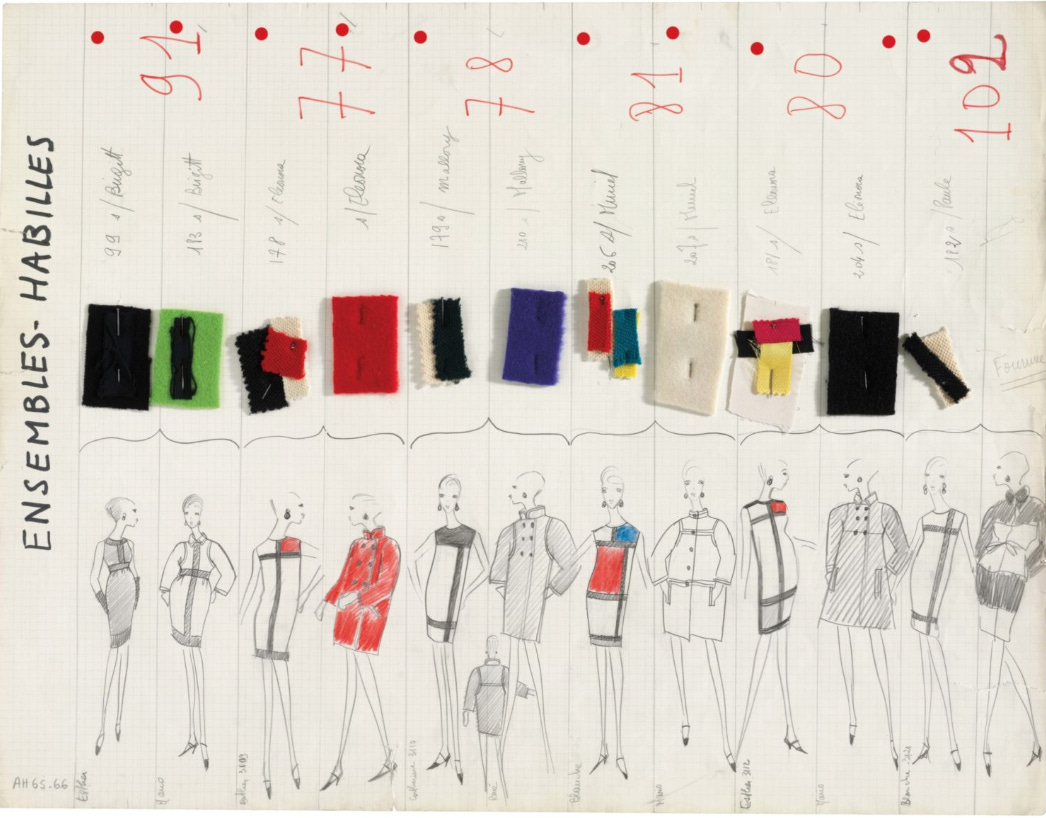Fashion Tales: the Mondrian dress by Yves Saint Laurent
The story of a date between the fashion world and the art universe
Mondrian is purity, and you can’t go any further in painting. The masterpiece of the twentieth century is a Mondrian.
Yves Saint Laurent
For his autumn / winter 1965 the French couturier Yves Saint Laurent designed six dresses with motifs based on the abstract-geometric paintings by the Dutch artist Piet Mondrian (1872-1944). Baroness Gabrielle van Zuylen van Nijevelt was one of his first customers. Her Mondrian dress in 2011 was acquired by the Rijksmuseum, and can be seen in the Division 20th century.
The extraordinary story of this dress, how hip and revolutionary, this design was. Simple cuts, geometrical lines, and bold colors gave the designer’s collection a modern feel and proved to be incredibly successful and how the dress ultimately a fashion item was where every modern Dutch woman wanted to be seen in.
These dresses are truly an icon of the 20th century!
Through them Yves Saint Laurent imbued his collection with modernity. He drew inspiration from a book his mother had given him for Christmas: Piet Mondrian Sa vie, son œuvre by Michel Seuphor (1956). Twenty-six of the 106 designs in the show would end up echoing the painter’s works.
There was considerable technical intricacy behind the simple lines of these collarless and sleeveless dresses. In order to recreate the solid colors bordered by black lines, the squares were inlaid and combined from inside the dress, rendering the seams invisible to the naked eye. The restrained silhouette dictated the technique.
Saint Laurent was laying the foundations for a refined aesthetic focused on simple cuts and geometric lines. This decision was explained by his desire to create dresses composed of colors and not simply lines. For him, fashion had to stop being stiff and move.
These dresses would subsequently alter the connection between fashion and art by transforming a painting into an animate work of art in a kind of “manifesto.” Saint Laurent appropriated the painter’s work by transforming a two-dimensional painting into a three-dimensional dress that was as powerful as the original work.
Not only does fashion accurately reflect an era, it is also one of the more direct forms of visual expression in human culture
Piet Mondrian
More details about the history behind the dress and pictures can be found here.










